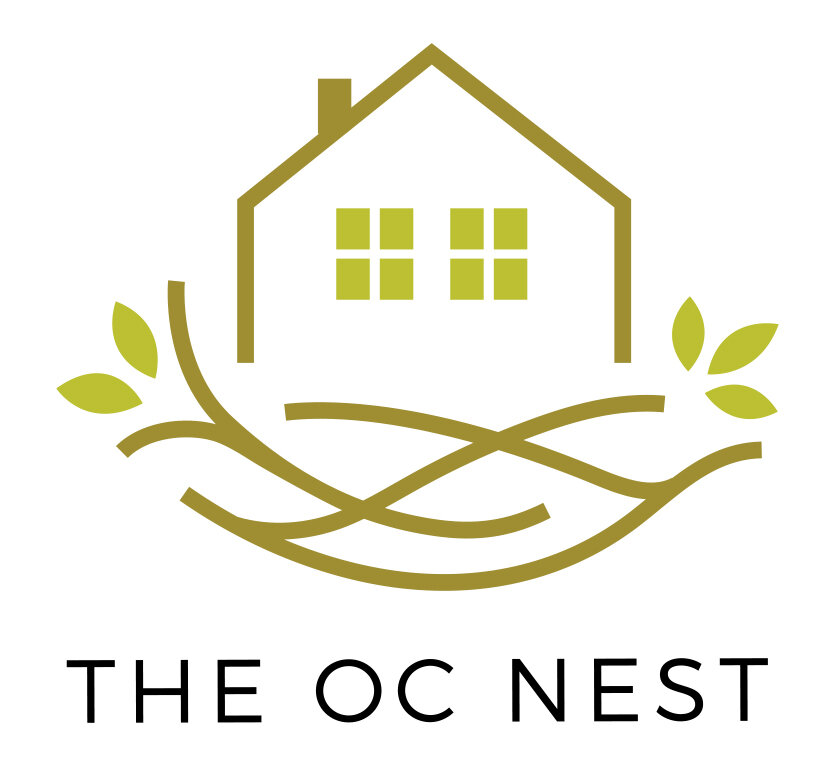6 DIY Home Projects That Could Kill Your Home Value
/Weekend TV lineups are filled with Do-It-Yourself home improvement programs. One home inspector used to call the results “six-pack projects.” While not all DIY projects end in disaster, some projects can harm home sales because buyers see these “improvements” as changes they will need to make once they buy the house. If you are planning to sell soon, it’s important to realize that potential buyers may not be as impressed with your handiwork as you are.
6 DIY Projects that Can Kill Your Home Value
1. Garage Conversion – Homebuyers love extra square footage, but they don’t want it in the garage. Most buyers will plan to “unconvert” a game room back to space for their cars or storage.
2. New Doors – New doors can add beauty to a room, but if they are not mounted properly, they land on a new buyer’s list of things to fix.
3. Uneven Hardware – If you are trying to update cabinets with new hardware, make sure they are level and line up evenly.
4. Crown Molding – Seems like an easy upgrade but adding elegant crown molding is very difficult and ends up looking sloppy.
5. Painting to Hide Problems – Cracks, gaps, and surface defects only look worse when covered with fresh paint.
6. Kitchen Cabinets – Old, worn cabinets should be replaced if possible. As with the walls, a fresh coat of paint only accentuates the dated look.
Every seller knows they need to freshen their home and add curb appeal to list their home. Before launching into a frenzied weekend of DIY projects, speak to a professional agent or stager and make sure you don’t make things worse in the eyes of your potential buyers



